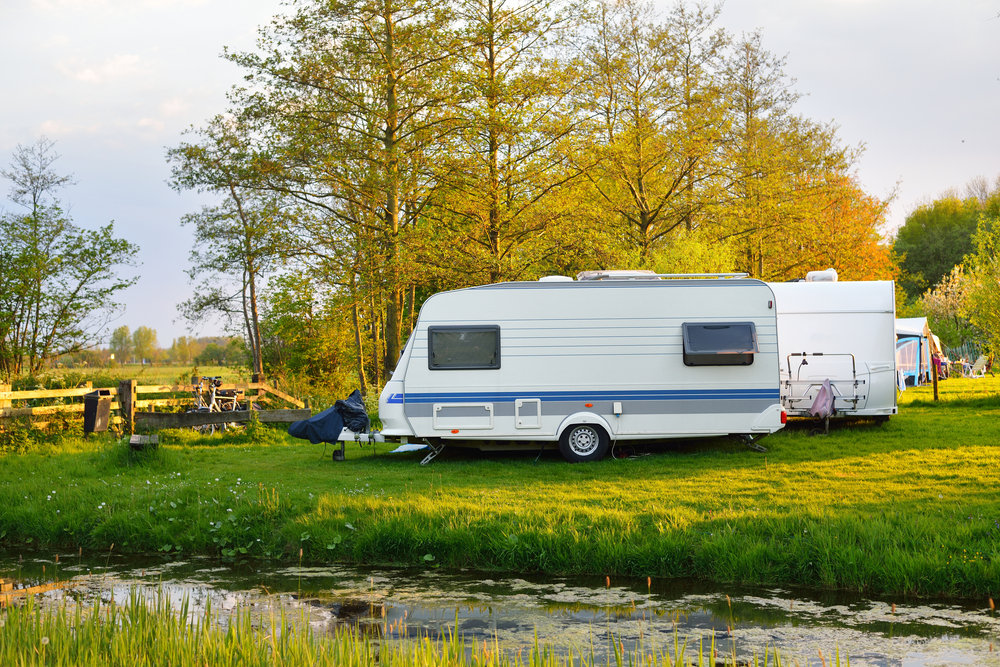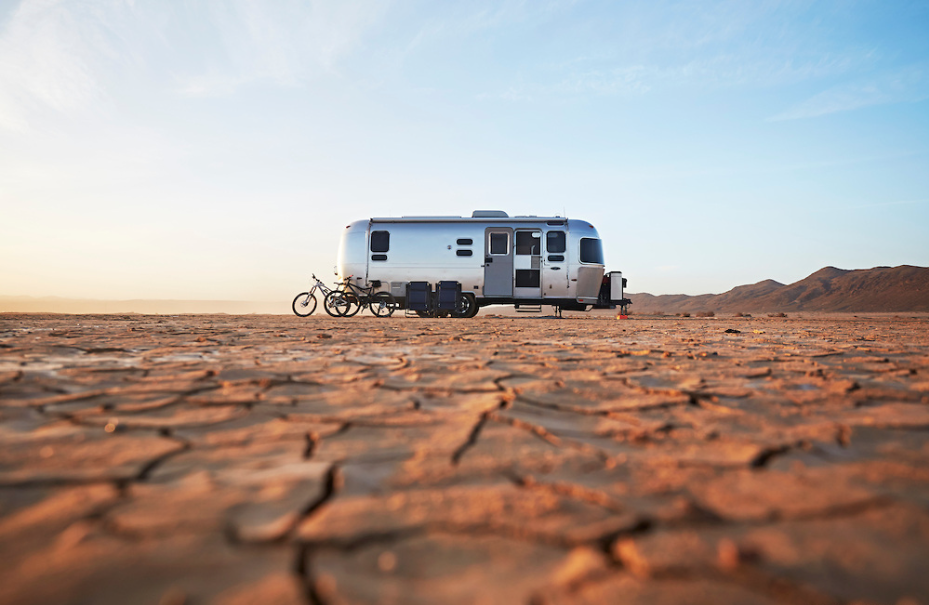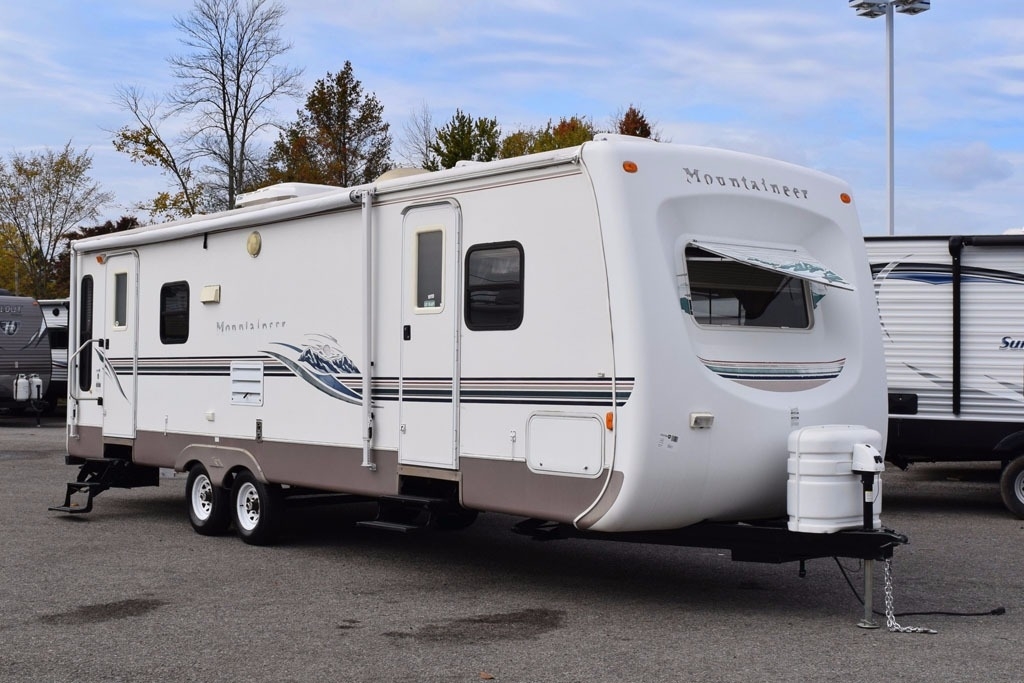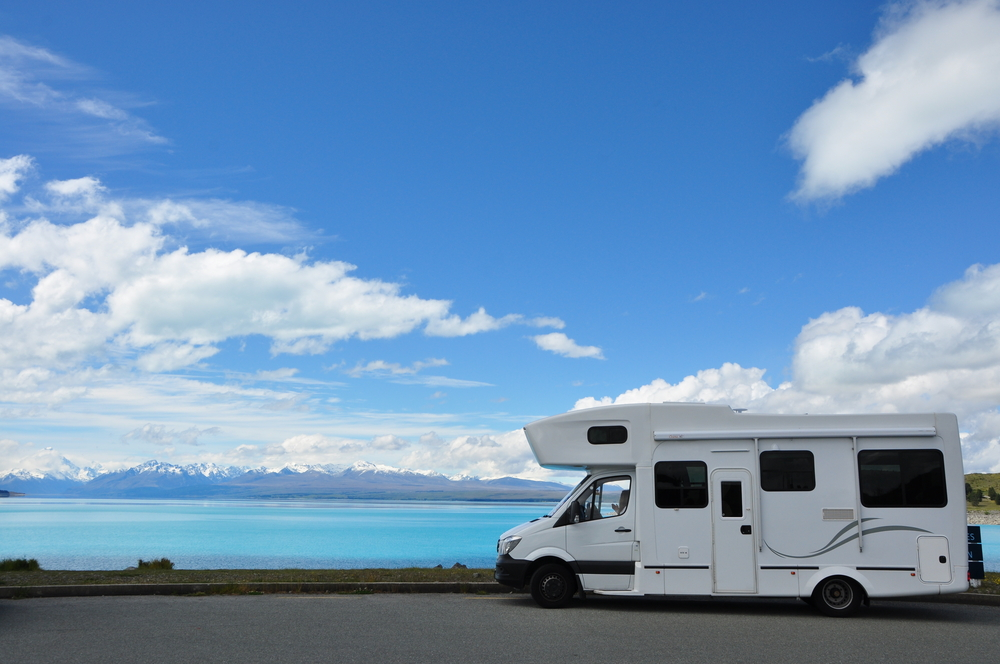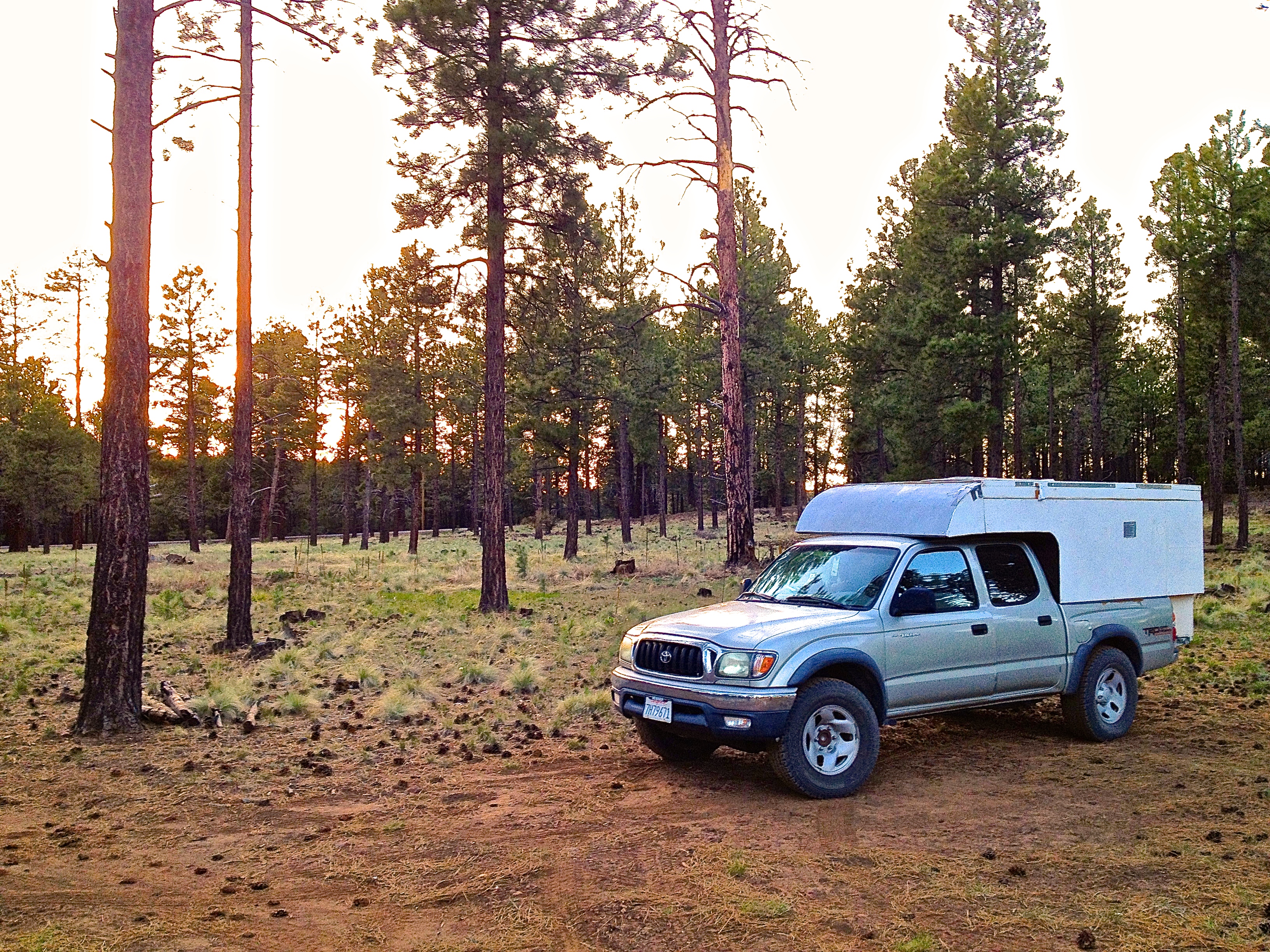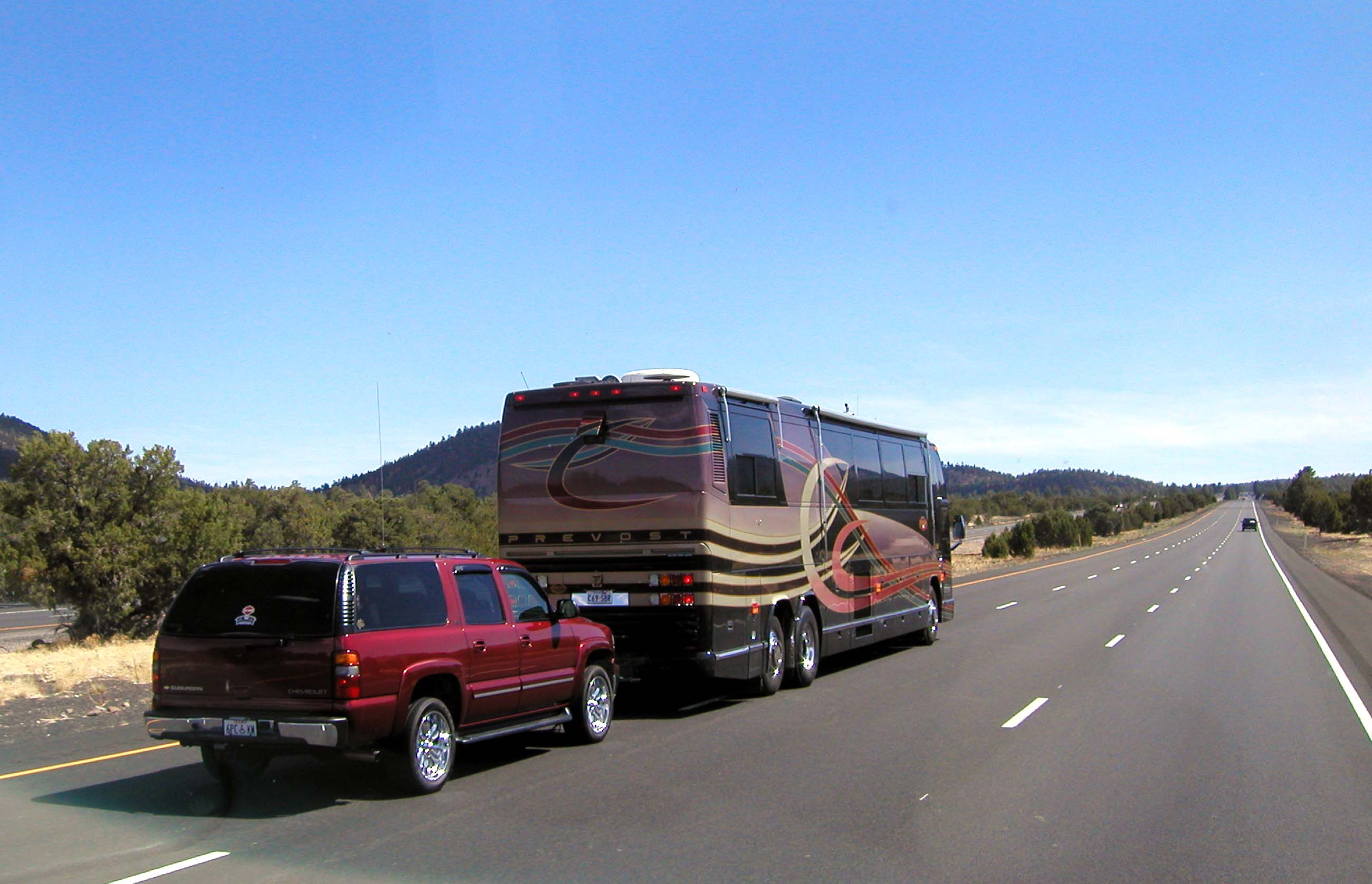When the camping season comes to a close, or you find yourself needing to store your recreational vehicle for an extended period, it’s crucial to take the necessary steps to protect your investment. Proper RV storage preparation is essential to ensure that your rig remains in top condition and is ready for your next adventure. One aspect of this preparation is acquiring the right equipment to safeguard your RV during its time in storage.
In this blog post, we will explore the essential equipment you need to protect your RV. From covers and wheel chocks to battery maintainers and moisture absorbers, we will cover a range of items that will help safeguard your rig from potential damage and maintain its longevity.
So, let’s dive into the world of RV storage preparation and ensure your motorhome or travel trailer remains in excellent condition until your next journey begins!
Contents
RV Covers
One of the most crucial pieces of equipment to invest in for RV storage is a high-quality cover. RV covers serve as a protective shield against the elements, preventing exposure to UV rays, rain, snow, dirt, and debris. When choosing an RV cover, ensure it is designed specifically for your RV’s size and shape to provide optimal protection.
Look for covers that are made from durable, breathable materials such as polyester or polypropylene. These materials allow air circulation while keeping moisture out, preventing mold and mildew from forming. Some covers even have integrated vents to enhance airflow. Additionally, a cover with reinforced corners and elasticized hems will provide a snug fit, keeping it securely in place, even during strong winds.
Remember to clean your RV thoroughly before covering it to prevent any dirt or grime from damaging the exterior finish. Regularly inspect the cover for tears or wear and replace it if necessary.
Wheel Chocks
Properly immobilizing your RV during storage is essential to prevent accidental movement, which can lead to damage or injury. Wheel chocks are devices that keep your RV’s wheels secure and prevent them from rolling or shifting.
Choose wheel chocks that are sturdy and made from durable materials like rubber or plastic. They should be able to withstand the weight of your RV without slipping or deforming. Consider chocks with built-in grips or treads to provide better traction on various surfaces.
To use wheel chocks effectively, place them snugly against the tires on both sides of each wheel. This will prevent any unintended movement and ensure that your RV stays securely in place throughout the storage period. Remember to remove the chocks before moving your RV to avoid any damage to the tires or suspension.
Battery Maintainers
Proper battery maintenance is crucial to ensure your RV’s electrical systems remain functional and ready to use when you retrieve your rig from storage. Battery maintainers, also known as trickle chargers or battery tenders, are designed to keep your RV’s battery charged and in optimal condition during prolonged storage periods.
Choose a battery maintainer specifically designed for RV batteries and consider features such as automatic shut-off and float mode to prevent overcharging. These devices are easy to use and typically connect to your RV’s battery using alligator clips or ring terminals.
Before connecting the battery maintainer, make sure to clean the battery terminals and ensure they are free of corrosion. Connect the maintainer following the manufacturer’s instructions, and keep it plugged in throughout the storage period. Regularly check the battery’s voltage and recharge if needed.
Moisture Absorbers
Moisture can cause significant damage to your RV if left unchecked during storage. To combat this, consider using moisture absorbers, such as desiccant packs or dehumidifiers, inside your RV.
- Desiccant packs: Desiccant packs are small pouches filled with moisture-absorbing substances like silica gel or activated charcoal. They effectively absorb excess moisture in the air, preventing mold, mildew, and musty odors from developing inside your RV. Place these packs strategically throughout your RV, paying attention to areas prone to humidity, such as closets, cabinets, and storage compartments.
- Electric dehumidifiers: Another option is to use electric dehumidifiers specifically designed for RVs. These devices actively remove moisture from the air, maintaining a controlled humidity level within your RV. Some dehumidifiers have built-in water tanks that need to be emptied periodically, while others come with a continuous drainage option for convenience.
Whichever option you choose, remember to monitor and replace or empty the desiccant packs or empty the water tank of your dehumidifier regularly. This ensures that they continue to absorb moisture effectively throughout the storage period.
Tire Covers
Tires are susceptible to damage from the sun’s UV rays and can deteriorate over time if left exposed during storage. To protect your RV’s tires, invest in tire covers. These covers shield the tires from UV radiation, preventing cracking, fading, and premature wear.
Choose tire covers made from UV-resistant materials such as vinyl or polyester. They should be snugly fitted to the tires and feature a secure fastening mechanism, such as Velcro or elasticized hems, to keep them in place even during windy conditions. Clean the tires thoroughly before covering them to prevent any debris from causing damage.
In addition to protecting the tires, covers also serve as a visual deterrent against theft. By concealing the tires, they make it less enticing for potential thieves.
Stabilization Jacks
Stabilization jacks are essential for maintaining stability and preventing excessive movement while your RV is in storage. These jacks provide additional support and help distribute the weight evenly, reducing the strain on your RV’s suspension system.
When using stabilization jacks, it’s important to ensure they are properly deployed and securely in place. This will help prevent any unwanted shifting or rocking of your RV while it’s stored, reducing the risk of damage to the structure or interior components.
Regularly inspect the jacks for any signs of wear or damage, such as rust, bent components, or leaking fluids. If you notice any issues, address them promptly by repairing or replacing the jacks as needed.
Awning Protector
If your RV has an awning, it’s essential to protect it during storage. Awning protectors shield the fabric from sun damage, moisture, and dirt accumulation. Look for covers made from durable, weather-resistant materials that can withstand the elements and extend the lifespan of your RV’s awning.
When choosing an awning protector, consider one that is easy to install and features a secure fastening mechanism, such as straps or zippers, to ensure a snug and secure fit. Selecting a cover with ventilation panels or mesh inserts is also beneficial to promote airflow and prevent condensation.
Regularly inspect the awning protector for any signs of wear, tears, or loose fittings. If any damage is detected, repair or replace the cover promptly to maintain optimal protection for your RV’s awning.
By investing in an awning protector, you can extend the lifespan of your RV’s awning, enhance its appearance, and reduce the need for frequent cleaning and maintenance. It’s essential equipment to safeguard your rig during storage and ensure a hassle-free camping experience when you’re ready to hit the road again.
Surge Protector
A surge protector is a vital piece of equipment to safeguard your RV’s electrical system. It helps protect against power surges, voltage spikes, and electrical faults that can cause damage to your RV’s appliances, electronics, and wiring. Invest in a quality surge protector with built-in surge suppression and other advanced features for optimal protection.
Power surges and voltage spikes can occur for a variety of reasons, including lightning strikes, defective wiring, or power grid oscillations. These surges of power can harm sensitive electrical items, appliances, and even your RV’s interior wiring.
Using a surge protector, you can reduce the danger of costly repairs and replacements caused by electrical damage. Look for a surge protector developed exclusively for RVs, with features such as surge suppression, voltage monitoring, and automatic shutoff in the event of a power outage.
When connecting your RV to a power pedestal, first connect the surge protector to the campground’s outlet, then connect your RV’s power wire to the surge protector. This ensures that the surge protector functions as a bridge between your RV and the power source.
Inspect the surge protector on a regular basis for evidence of wear or damage. Replace it if you find any damaged components to ensure that it continues to protect your RV’s electrical system.
Get Ready to Protect Your RV Investment!
Properly preparing your RV for storage is crucial to safeguard its condition and ensure it’s ready for your next adventure. Investing in the right equipment will protect your rig from the elements, prevent damage, and prolong its lifespan.
RV covers provide a barrier against UV rays, rain, and debris, keeping your RV’s exterior in pristine condition. Wheel chocks immobilize your RV, preventing accidental movement and potential damage. Battery maintainers keep your RV’s battery charged and in good health while moisture absorbers combat the harmful effects of excess humidity. Tire covers shield your tires from UV damage and deter theft.
Remember, before storing your RV, perform a thorough cleaning, including the interior and exterior. Remove all perishable items and ensure all appliances are turned off. Don’t forget to secure all windows, doors, and vents properly.
By following these essential RV storage preparation steps and utilizing the recommended equipment, you’ll protect your investment and ensure that your RV is in excellent shape when it’s time to hit the road again. Happy travels!
Last Updated on June 16, 2023

